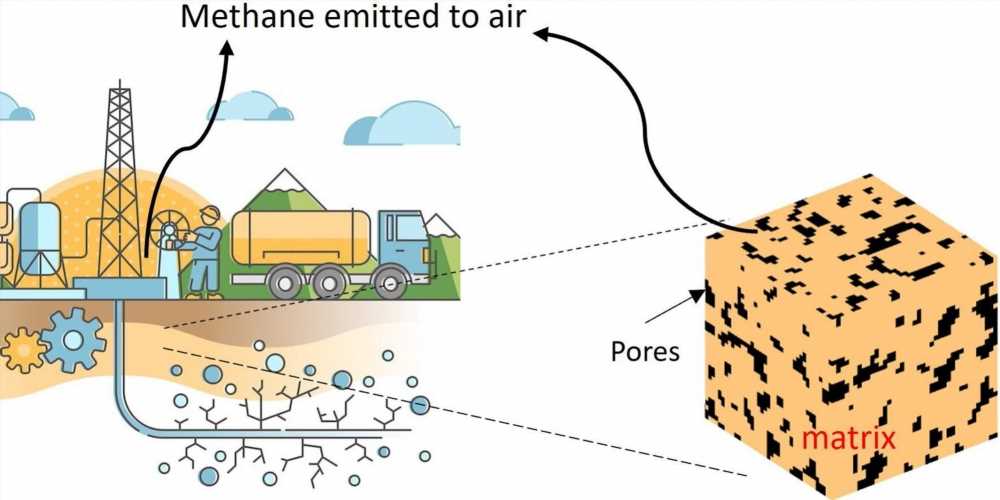Unlocking the Potential of Shale Gas: A Comprehensive Guide

Shale gas, a type of natural gas trapped within shale formations deep underground, has emerged as a significant player in the global energy landscape. With advancements in drilling technologies, the extraction of shale gas has become increasingly feasible, leading to a surge in production in various parts of the world. This SEO article aims to delve into the intricacies of shale gas, exploring its production, benefits, challenges, and the future outlook.
Understanding Shale Gas
What is Shale Gas? Shale gas is a type of natural gas that is trapped within shale rock formations. Unlike conventional gas reservoirs, shale gas requires specialized extraction techniques such as hydraulic fracturing (fracking) to release the gas from the impermeable rock.
Formation of Shale Gas Shale gas forms over millions of years through the decomposition of organic matter within shale rock layers. The gas remains trapped within the fine-grained sedimentary rock until it is extracted through drilling.
Production Techniques
Hydraulic Fracturing (Fracking) Hydraulic fracturing involves injecting a high-pressure fluid mixture into the shale formation to create fractures, allowing the gas to flow more freely to the wellbore for extraction. This technique has revolutionized shale gas production but has also sparked environmental concerns.
Horizontal Drilling Horizontal drilling enables operators to access larger areas of shale formations from a single wellbore. By drilling horizontally within the shale layer, companies can maximize gas extraction efficiency.
Benefits of Shale Gas
Abundant Domestic Resource Shale gas reserves are abundant in various regions worldwide, reducing dependence on foreign energy sources and enhancing energy security for countries with significant reserves.
Economic Growth The shale gas industry generates substantial economic benefits, including job creation, infrastructure development, and revenue generation for governments through taxes and royalties.
Transition Fuel Shale gas is often considered a transitional fuel as countries shift towards cleaner energy sources. Its relatively lower carbon footprint compared to coal makes it an attractive option for reducing greenhouse gas emissions in the short to medium term.
Challenges and Controversies
Environmental Concerns The extraction and production of shale gas raise environmental concerns, including water contamination, air pollution, and habitat disruption. Critics argue that fracking poses risks to public health and the environment, prompting calls for stricter regulations.
Water Usage Hydraulic fracturing requires large volumes of water, leading to concerns about water scarcity, particularly in regions with limited water resources. Managing water usage and disposal is crucial to mitigate environmental impacts.
Community Opposition Shale gas development often faces opposition from local communities and environmental groups concerned about the potential negative impacts on land, water, and public health. Balancing economic benefits with environmental and social considerations is essential for sustainable development.
Future Outlook
Technological Advancements Continued advancements in drilling and extraction technologies are expected to improve the efficiency and environmental performance of shale gas production. Innovations such as reduced water usage, green completions, and methane capture aim to address environmental concerns.
Regulatory Landscape Governments worldwide are implementing or revising regulations to ensure responsible shale gas development. Regulatory frameworks focused on environmental protection, water management, and community engagement play a crucial role in shaping the future of the shale gas industry.
Market Dynamics Global energy demand, geopolitical factors, and evolving climate policies will influence the demand for shale gas in the future. Market volatility and competition from renewable energy sources will shape investment decisions and industry growth trajectories.
In conclusion, shale gas represents a significant opportunity for meeting energy demands while navigating the transition towards a more sustainable energy future. However, addressing environmental concerns, engaging stakeholders, and adopting responsible production practices are essential for realizing the full potential of shale gas while minimizing its adverse impacts.


 My First News Item
My First News Item My Nine News Item
My Nine News Item







